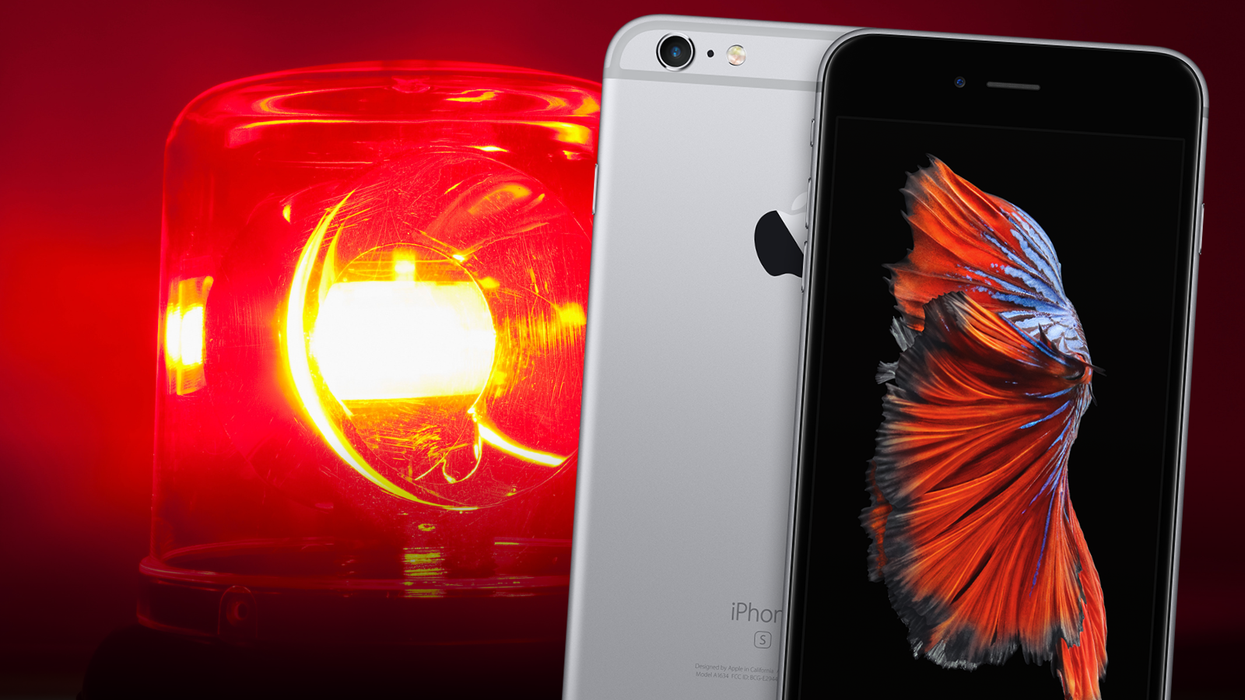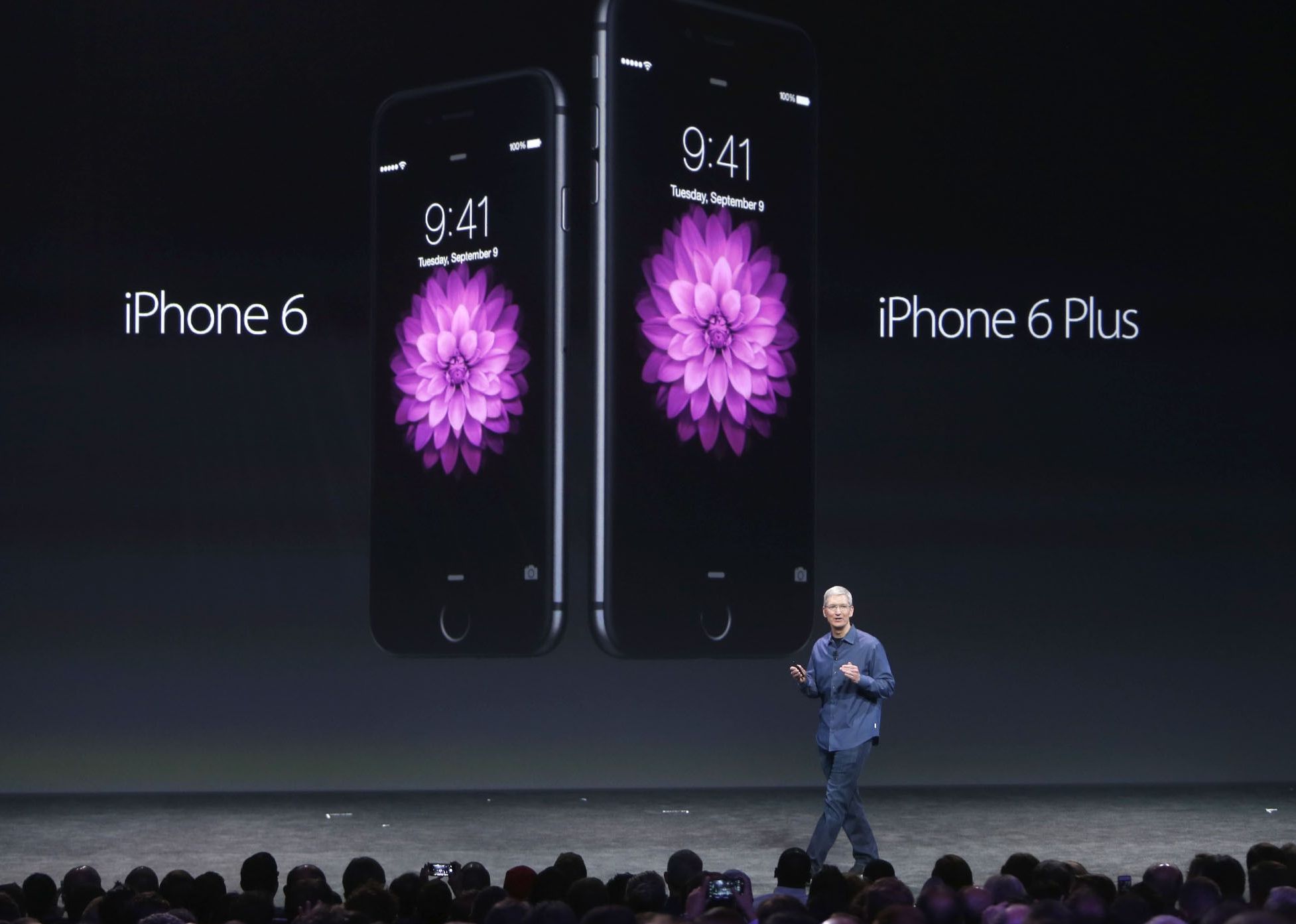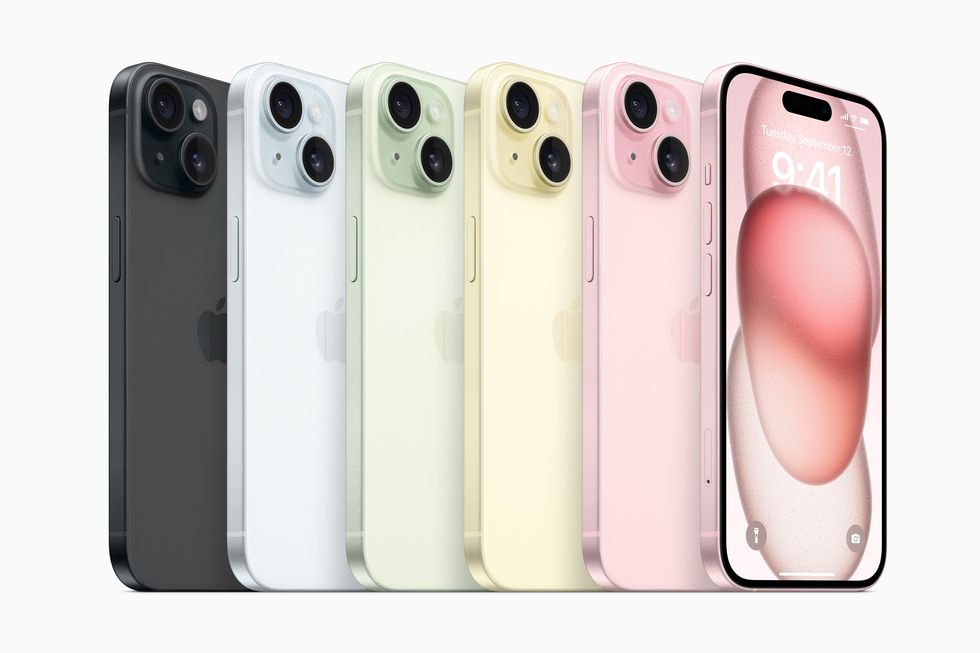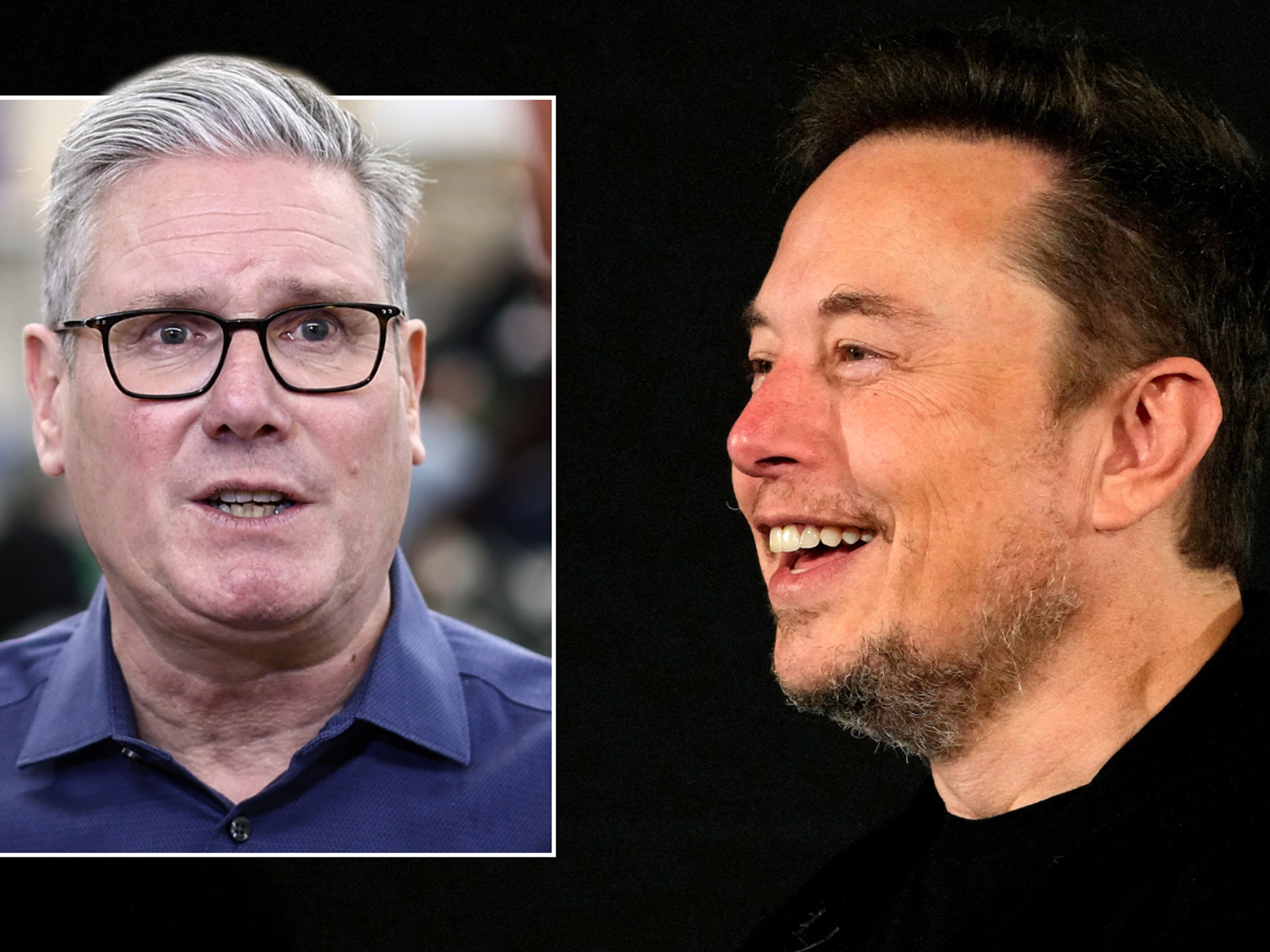iPhone 6 Plus bought by millions now 'obsolete' and using one will put you 'at risk', warns expert

All products are independently selected by our experts. To help us provide free impartial advice, we will earn an affiliate commission if you buy something. Click here to learn more
|APPLE PRESS OFFICE | GETTY IMAGES | GBN

Apple has added iPhone 6 Plus to its list of "Obsolete" models
- Apple has refreshed its list of obsolete iPhone models
- iPhone 6 Plus has been added to the list, 10 years after its release
- It means Apple Stores will no longer repair the handset
- There's unlikely to be another iOS updates for this model
- That leaves iPhone 6 Plus owners at increased risk, expert warns
Don't Miss
Most Read
Latest
Apple has classified iPhone 6 Plus as "obsolete", which means Apple will no longer repair it and will rarely — if ever — issue critical security updates. This is a big deal: iPhone models that no longer receive updates could have flaws that are actively exploited by hackers, leaving your personal data and payment details at risk.
Even if there isn't a serious vulnerability discovered within iOS that leaves you at the mercy of hackers, using an "obsolete" iPhone is still far from ideal. Any issues with the lithium-ion battery, unresponsive buttons or ports, a cracked touchscreen ...or anything else that you'd expect from the usual wear and tear won't by fixed by Apple.
Other high street and online stores might struggle to get their hands on the right components since Apple is no longer producing the spares required to maintain these iPhone models.
- View Deal | Save £100 on the iPhone 15 @ Amazon
- View Deal | 300GB of data FREE with VOXI SIM with iPhone 14 @ Currys
Apple explains: "Products are considered obsolete when Apple stopped distributing them for sale more than 7 years ago. Apple discontinues all hardware service for obsolete products, and service providers cannot order parts for obsolete products."

Apple CEO Tim Cook introduced the iPhone 6 and iPhone 6 Plus during the US company's keynote presentation at the Flint Centre venue on September 9, 2014 — the same location where Apple announced the Mac
|GETTY IMAGES
iPhone 6 Plus was introduced by CEO Tim Cook in September 2014 alongside the iPhone 6. Both handsets arrived with substantially larger screens than previous models, from 4-inch on the iPhone 5 and iPhone 5S at Apple co-founder Steve Jobs' insistence that users be able to reach every corner of the screen with their thumb, to 4.7-inch for the iPhone 6 and 5.5-inch for iPhone 6 Plus.
These supersized new smartphones went on to become the best-selling iPhone models Apple has ever launched — a record that still stands to this day, with a mind-boggling 222 million handsets sold worldwide.
Elsewhere, there was a new case design with rounded corners, something that would later inform the appearance of the Apple Watch, a faster A8 chipset, improved rear camera, and HD video calls for the first time, thanks to an improved FaceTime camera.
It joins a growing list of obsolete iPhone models from Apple:
- iPhone
- iPhone 3G (China mainland) 8GB
- iPhone 3G 8GB, 16GB
- iPhone 3GS (China mainland) 16GB, 32GB
- iPhone 3GS (8GB)
- iPhone 3GS 16GB, 32GB
- iPhone 4 CDMA
- iPhone 4 CDMA (8GB)
- iPhone 4 16GB, 32GB
- iPhone 4 GSM (8GB), Black
- iPhone 4S
- iPhone 4S (8GB)
- iPhone 5C
- iPhone 6 Plus
Relying on an iPhone that no longer receives critical security updates from the iOS team inside Apple carries a number of risks, a security expert has warned. Jake Moore, global cybersecurity advisor at ESET, told Forbes: "Obsolete devices including iPhones will all at some point see their free updates come to a halt, putting them at risk to any vulnerabilities that are found after that date.
“Older iPhones still remain in circulation and once a vulnerability is located, it can rapidly be exploited by attackers and directed at anyone with devices left unpatched.”
So, does this mean it's time to upgrade to something newer? Moore says that it's vital to have an iPhone in your pocket that still enjoys critical software updates if a flaw is discovered in the operating system.
“If people are using iPhones that are out of patch warranty — although it’s frustrating — they should consider replacing them with a newer, more secure device,” he adds.
Before an iPhone is labelled as obsolete, it will be listed as "vintage".
On its support pages, it explains: "Products are considered vintage when Apple stopped distributing them for sale more than 5 and less than 7 years ago."
These iPhone models will still receive updates to patch critical flaws in iOS that could be exploited by cybercriminals. Apple and third-party stores will still repair these iPhone models, although parts could be harder to come by. The full list of vintage iPhone models is as follows:
- iPhone 4 (8GB)
- iPhone 5
- iPhone 5S
- iPhone 6
- iPhone 6s (32GB)
- iPhone 6s Plus (32GB)
- iPhone SE
- iPhone 8 Red
- iPhone 8 Plus Red
 Apple refreshed the colour options available with the iPhone 15, offering its latest handset in a choice of Blue, Pink, Yellow, Green, and Black | APPLE PRESS OFFICE
Apple refreshed the colour options available with the iPhone 15, offering its latest handset in a choice of Blue, Pink, Yellow, Green, and Black | APPLE PRESS OFFICE iPhone 15, 15 Plus, iPhone 15 Pro, and 15 Pro Max are the latest iPhone models from Apple, which were all announced at a prerecorded event from the spaceship-like headquarters in Cupertino, California.
LATEST DEVELOPMENTS
- Microsoft will charge you £337 to continue using Windows 10
- Check your Chrome! Google issues emergency security patch
- Major changes coming to iPlayer in the next year, BBC confirms
- BT could postpone UK landline switch-off by two years
These models boast longer battery life, tougher Ceramic Shield glass on the front and back, GoPro-like Action Mode to reduce camera shake when filming, USB-C charging, and can call the emergency services if you're unresponsive after a car crash.
Apple still sells earlier models too, including the iPhone 14 (from £699), iPhone 13 (from £599), and iPhone SE (from £429). You can sometimes get these SIM-free handsets at an even cheaper price by shopping around on retailers like Amazon, Currys, and Argos.










